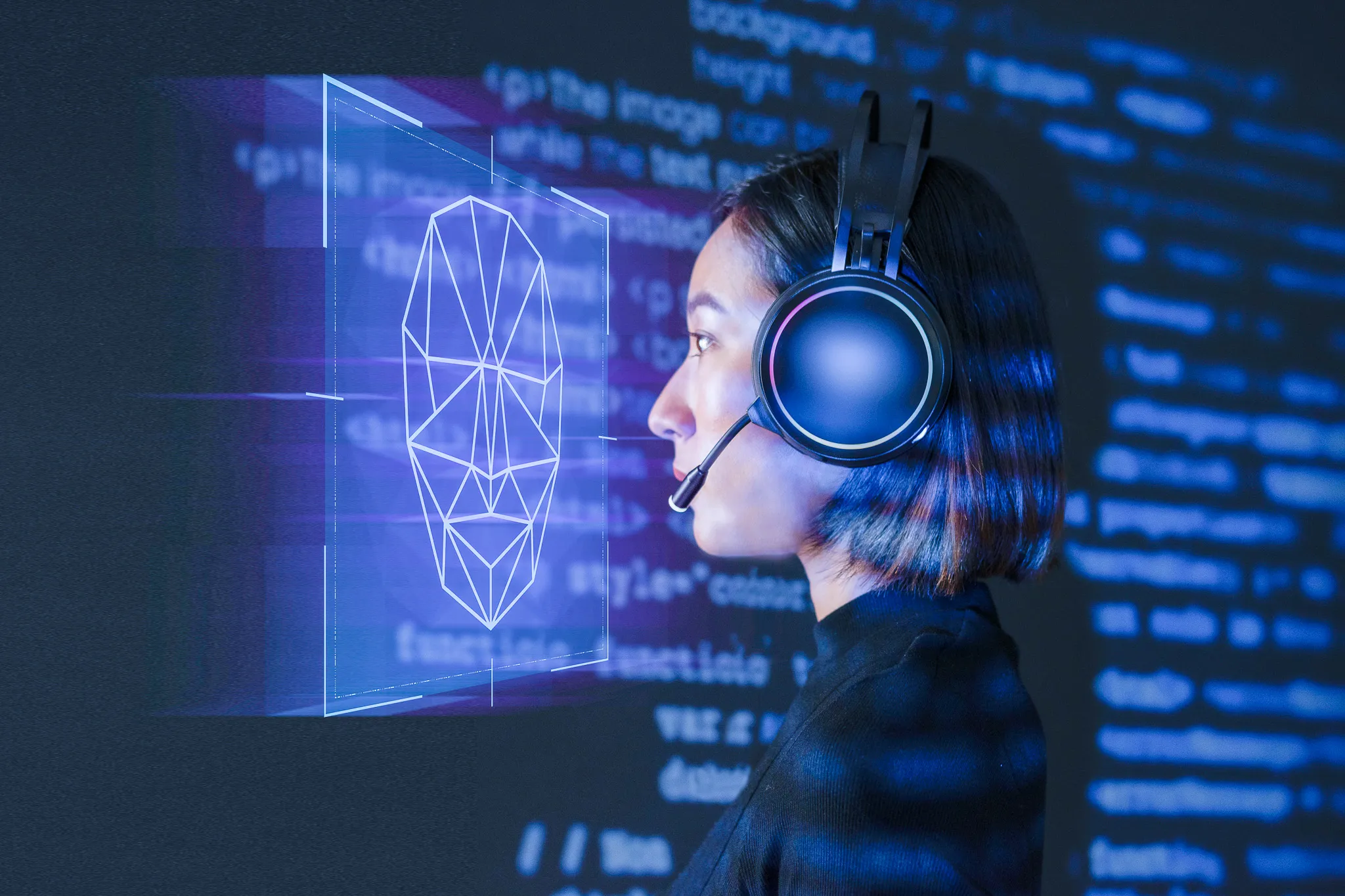Introduction to Data Science & Machine Learning
April 21st, 2023 - Aptaworks
Given the explosive growth of data in recent years, it is no surprise that data science has become a rapidly growing field crucial for many industries in Indonesia. Businesses are now actively seeking out professionals who possess the skills to translate vast amounts of company data into informed, or even automated, business decisions.
But what is data science all about, and how are machine learning models applied in its practice? Find out the answers in this article!
What is Data Science?
Data science is a multidisciplinary approach that combines math, statistics, programming, AI, and machine learning to analyze large amounts of data and extract meaningful business insights.
These insights can guide decision-making and strategic planning by answering questions like what happened, why it happened, what will happen, and what can be done with the results.
Data Science Processes
In practice, data science involves various processes that are typically iterative and cyclical in nature. Here are some of the key processes involved in data science:
Problem formulation
Define the problem you are trying to solve and determine what questions you need to answer.
Data collection
Once the problem has been identified, data scientists collect the relevant data that will help answer business questions. This may involve collecting data from internal or external sources, or creating new data.
Data cleaning and preprocessing
Raw data is often messy and needs to be cleaned and preprocessed before it can be analyzed. This process usually involves removing missing values, dealing with outliers, or transforming the data.
Exploratory data analysis
After cleaning and preprocessing the data, the next step is to explore it to gain a better understanding of its properties and relationships. This may involve visualizations, summary statistics, and other techniques.
Feature engineering
Feature engineering involves selecting and transforming the relevant features of the data that are most predictive of the target variable.
Modeling
Once the data is cleaned and preprocessed, and the features are engineered, the next step is to build models that can make predictions or classify data. This process involves using machine learning algorithms or statistical models.
Model evaluation
In this step, data scientists test and evaluate the established models using appropriate metrics and techniques.
Deployment
Finally, the chosen models are deployed so they can be used to make predictions or classifications on new data.
What is Machine Learning?
Being a part of data science, machine learning (ML) is a branch of artificial intelligence (AI) that allows computers to learn from data and past experiences without being explicitly programmed. It uses algorithms to identify patterns and learn in an iterative process, enabling computers to operate autonomously and make predictions with minimal human intervention.
In data science, machine learning is often used as a tool for building predictive models that can be used to make informed decisions. ML models learn directly from data, allowing for growth, development, and adaptation.
Types of Machine Learning Models
Supervised Machine Learning
Supervised learning is a type of machine learning that uses labeled datasets to train algorithms to classify data or predict outcomes accurately. Supervised learning models are trained with labeled datasets, which enable them to learn and improve accuracy over time.
There are two types of problems in supervised learning:
Classification: uses algorithms to assign test data into specific categories
Regression: used to understand the relationship between dependent and independent variables
Supervised machine learning can be used for image and speech recognition, fraud detection, medical diagnosis, customer churn prediction, or recommender systems.
Unsupervised Machine Learning
Unsupervised learning involves using machine learning algorithms to analyze and cluster unlabeled datasets to discover hidden patterns or data groupings without human intervention. The goal of unsupervised learning is to discover relationships and structures within the data that can help us better understand the data and gain insights into the underlying patterns.
Unsupervised machine learning can be used for anomaly detection, clustering, market basket analysis, dimensionality reduction, or natural language processing.
Reinforcement Machine Learning
Reinforcement machine learning trains machines through trial and error to take the best action by establishing a reward system. It is different from supervised learning as it learns by trial and error rather than using sample data. Successful outcomes are reinforced to develop the best recommendation or policy for a given problem.
Reinforcement machine learning can be used for game playing, robotics, autonomous vehicles, recommender systems, or natural language processing.
If you enjoyed this article, then you should enjoy these articles below:

Introduction to Data Science & Machine Learning
Given the explosive growth of data in recent years, it is no surprise that data science has become a rapidly growing field crucial for many industries in Indonesia. Businesses are now actively seeking out professionals who possess the skills to translate vast amounts of company data into informed, or even automated, business decisions. But what is data science all about, and how are machine learning models applied in its practice? Find out the answers in this article!

Using YOLO Algorithm for Real-Time Object Detection
If you are interested in real-time object detection, you have likely come across the term YOLO algorithm. YOLO, which stands for “You Only Look Once,” is a deep learning algorithm used for object detection in real-time video and images. YOLO uses a single neural network to detect objects in images and videos, making it faster and more efficient than other object detection algorithms. How does the YOLO algorithm work, and how is it applied in different technologies that we know today? Read on to find out!
